The Glandular balsam, which belongs to the balsamic family, looks beautiful with the beautiful pink flowers. When its seeds are touched, the herb shoots up several meters, but it is precisely this property that makes balsam dangerous for the local flora, as it can multiply uncontrollably. But the little plant also has healing powers, which will be discussed below.
Occurrence and cultivation of the glandular balsam

The pretty pink flowers of the Glandular balsam, the annual plant, are reminiscent of orchids. The thick but hollow stems branch out abundantly at the top. They are reddish and have elongated, egg-shaped leaves that are jagged on the edge and have a point at the end. The seed pods, which are up to five centimeters long, develop from the flowers, which hang down loosely on the thin flower stalk. The balsam has unpleasant smelling glands that are located on the leaf stalk and base.
It can reach a height of two meters and blooms from July to early October. However, the herb needs an adequate supply of water for rapid growth. The buds, flowers and ripe capsules are often present on a plant at the same time. The glandular balsam is native to India and parts of the Himalayan region. Englishmen brought seeds with them in the 19th century to cultivate balsam as an ornament in gardens. However, the plant spread quickly and uncontrollably due to naturalization, also in other countries. The herb is now growing all over Central Europe.
Effect & application
For many people, glandular balsam is a beautiful, very decorative and easy-care plant that grows densely and gives the garden or courtyard an exotic note. For others, it is a major nuisance as it spreads quickly and displaces native plants. The herb does not respect the borders of the flower bed, but instead spreads unrestrainedly wherever it wants. The children, on the other hand, enjoy touching the ripe fruits, as they then pop open with a force and throw their seeds meter by meter.
This happens with the slightest pressure or through vibrations, for example from a passing truck. This peculiarity gives the plant its name. The seeds of the plant can be eaten. They have a slightly nutty taste. However, they are difficult to harvest in large quantities. The oil that can be extracted from the seeds is suitable for eating or for use as lamp oil. The flowering, which begins in summer, also contributes to the nectar and pollen supply of some late-flying insects, such as bumblebees and honeybees.
This gives you protein, fat, vitamins and minerals. Bees that have visited the balsam flowers are often heavily dusted with the whitish pollen. Naturally occurring pollen donors bloom comparatively rather sparsely in midsummer. This is why bees have a high need for pollen, especially at this time of year, which means that the plant can make a significant contribution to the supply of nutrients. European honeys also contain balsam.
The flowers can be processed into parfait or jelly. The leaves are only edible in small quantities when cooked, for example in a wild herb soup. The freshly collected leaves can also be boiled in lard or oil to make an ointment that is said to help with hemorrhoids and rashes. For immediate consumption, the seeds can be roasted briefly and sprinkled over salads, soups and pastries. In the Caucasus, the seeds serve as a substitute for crumble or almond brittle.
If they are also baked, they do not need to be roasted beforehand. Unroasted, however, they should be stored well in glasses and protected from moisture. Here they serve as a supply. In addition to the seeds, the flowers are also edible. They are a nice decoration on the dishes. The taste is mildly sweet. The leaves should not be eaten raw, but pre-cooked, but even in this preparation form there is not much to be gained from them. They can possibly be used as an addition to other dishes.
Importance for health, treatment & prevention
The glandular balsam is not as important as a medicinal plant as it is the case with other plants. The reason for this is that, on the one hand, the healing effects have not yet been adequately investigated and only poorly documented and, on the other hand, excessive use is classified as slightly toxic. Leaves that are eaten raw and in large quantities cause nausea. As a medicinal plant, the glandular balsam is diuretic when consumed to a lesser extent and also promotes digestion.
However, if you have a sensitive stomach, you should use the herb with caution. In Bach flower essences it is used because of its soothing effect against restlessness and stress in order to restore the mental balance. The glandular balsam is an important plant in homeopathy. In the medical field, it is only known that the plant can be used to prepare a diuretic tea and the leaves can be boiled with oil or lard to make an ointment. This should lead to relief from hemorrhoids. When fresh, all types of balsam plants are slightly poisonous. Therefore, the herb does not have a special place in folk medicine.

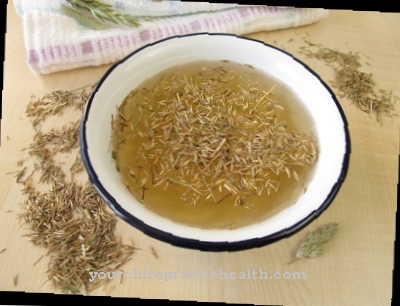
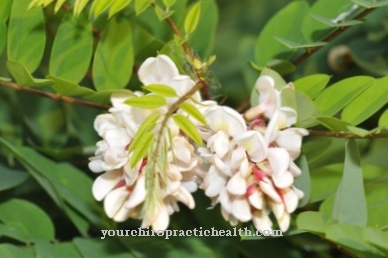
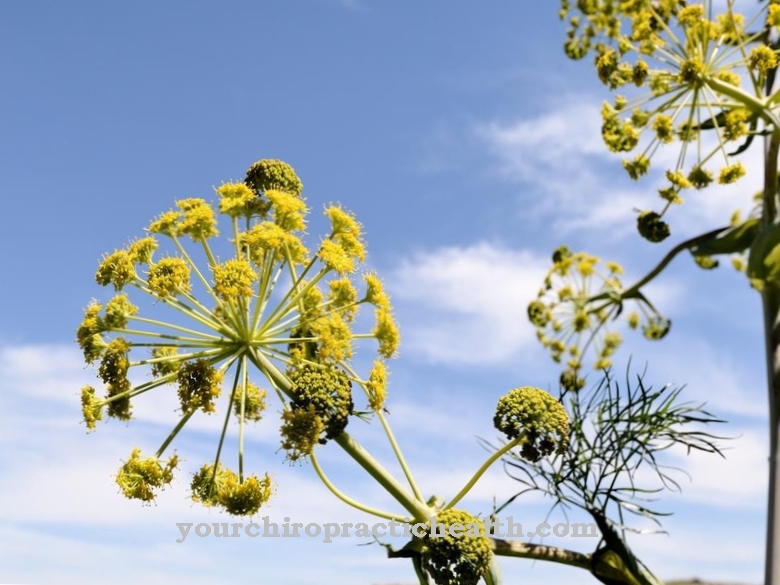
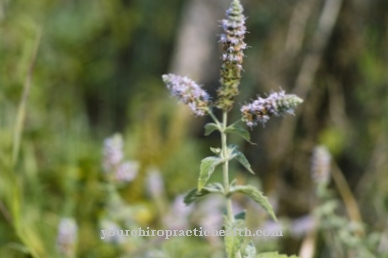
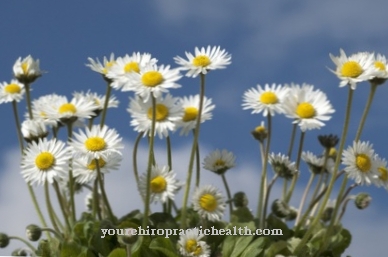



















.jpg)


